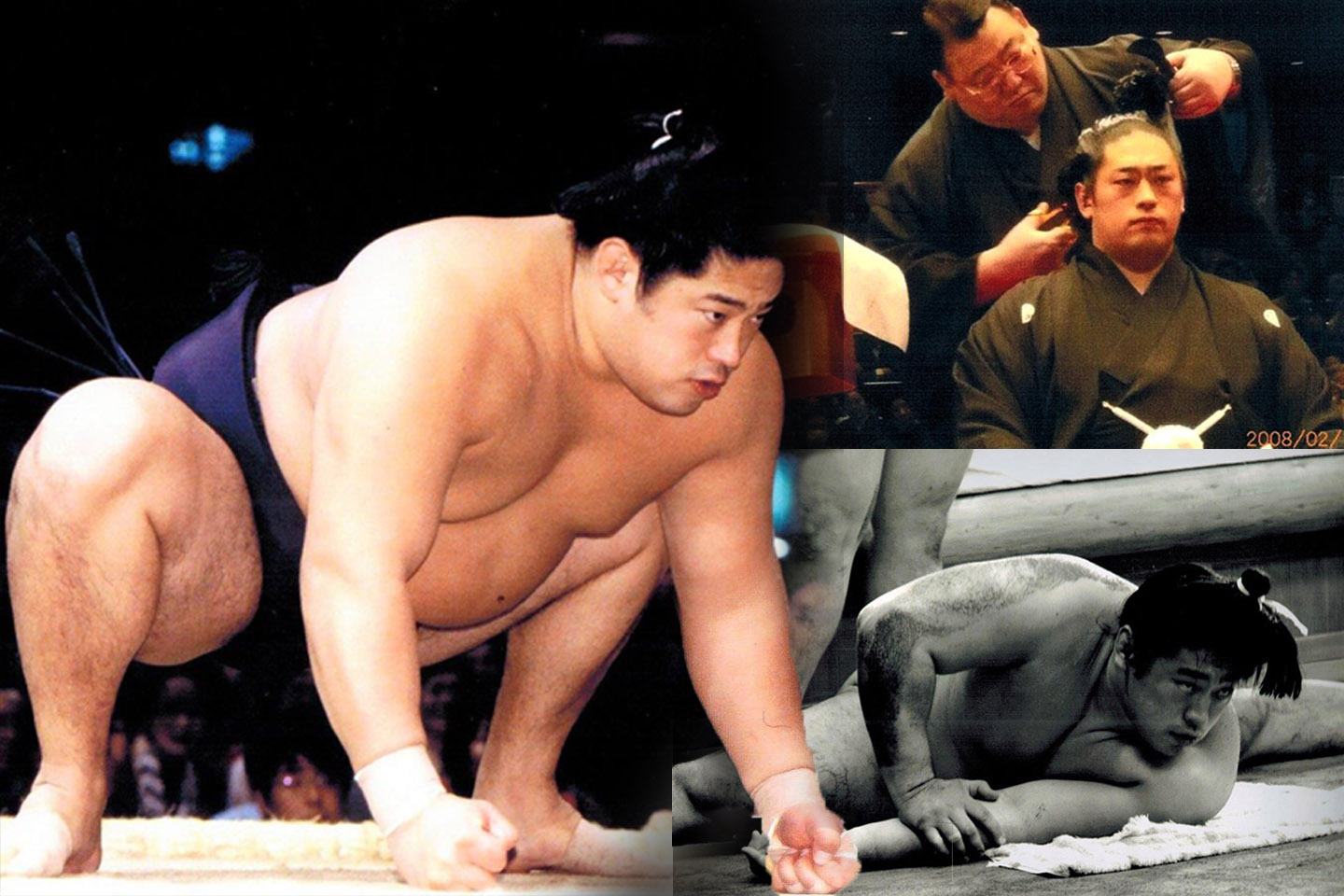
Sumo isn’t just about big men with samurai like topknot slamming into each other. It is a masterpiece of a spectator sport that has been practiced since the Edo period. But, it is said that sumo has actually been around 1,000years, or even more than 2,000years. Through an interview with the former Sekiwake Takanowaka, this article will unravel not just the history but also the culture of true sumo that only the rikishi (sumo wrestlers) would know.
【A special tour where you can experience sumo】
5% OFF for NAVITIME Users! Tokyo Sumo Stable Tour — Watch Morning Sumo Training
-
01
Historical Overview
Sumo is Japan's original non-discriminatory martial art where big and small sumo wrestlers known as rikishi fight together under the same rules in the same ring called dohyō. There is no consideration for small sumo wrestlers to be advantageous but rather, it is a world where the strong will win regardless of the sizes. “The feeling of regret from losing is what motivates the rikishi (sumo wrestlers) to become stronger”, says the former Sekiwake,Takanowaka during his interview. He then commented that the key to winning is not just strength but also wise tactics to use the ring, which makes the sumo match more exciting. So then comes the question, when did sumo began?
![Former Sekiwake,Takanowaka during his match]()
Former Sekiwake,Takanowaka during his match
According to many articles about sumo, generally those state that sumo has been around since the Edo period, about 300 years or so ago. However, if we dig deep into the history of Japan from Kojiki (Records of Ancient Matters), and the sumo match between the two gods; Nomino-sukune and Taimano-kehaya from Nihon Shoki (Chronicles of Japan), some can say that the history of sumo spans over 1,500 years or even 2,000years. Although sumo may be around for a few hundred years as a spectator sport with its history dating back more than a millenia, there is no other sport in Japan that has been practiced since the Edo period other than sumo.
![Nomino Sukune Shrine where Nomino-sukune is enshrined. It is considered to be the origin of sumo wrestling.]()
Nomino Sukune Shrine where Nomino-sukune is enshrined. It is considered to be the origin of sumo wrestling.
However, in the Edo period, sumo was often banned because it was considered barbaric, aroused spectators and disturbed public order. As time changed, sumo wrestlers came up with ways to make sumo more interesting for viewers and worked on elaborate staging designs that would not disturb the spectators. Many tend to focus on the match but the former Sekiwake,Takanowaka recommends that the spectators should take some time to see the hairstyles of sumo wrestlers, the outfit of Gyoji (referee), and the manners of the rituals, all those cultural and traditional aspects which are still very much alive in the modern sumo where it all began since the Edo period. Infact, sumo was originally a Shinto ritual to worship the gods.
-
02
Dohyō/Ring
Sumo originally did not have a ring, and the style of sumo was similar to today's Mongolian sumo, in which an opponent was knocked down to the ground before a bout could be won. In the early Edo period, the ring was created to maintain order by clearly separating the sumo wrestlers and the spectators. This ring is what made sumo more exciting. Sumo wrestlers now had to find their tactics to push out the opponent from the ring using techniques like yorikiri, oshidashi and tsukidashi which are used to win bouts. "By the way, until the middle of the Edo period, there were rectangular rings instead of the current circular ring used in some parts of Japan," said former Sekiwake, Takanowaka who shared some of his trivia during the interview.
![Dohyō/ring at Ryogoku Kokugikan (sumo main hall)]()
Dohyō/ring at Ryogoku Kokugikan (sumo main hall)
The ring is raised 5 cm above the floor to just the perfect height where the heel can hold a firm grip. Former Sekiwake, Takanowaka said from his own experience, "This height makes sumo more profound, and when pushed close to the ring, the heel has just enough space to hold grip from getting the body pushed outside the ring”. If it were higher, he said, “I’d have trouble getting on the ring, and if it were lower, I'd be less able to stand firmly or slide out”.
![]()
-
03
Salary & Ranking
Sumo is currently divided into 6 divisions with the top division, called Makuuchi, includes the top 42 sumo wrestlers in the sport. The second highest division is called Juryo. Juryo consists of 28 sumo wrestlers. Those in these top two divisions--Makuuchi and Juryo--are called "Sekitori." The third division is called Makushita, followed by Sandanme, Jonidan and Jonokuchi. Those in the third to six divisions all fight to be promoted to Juryo, thus becoming a Sekitori. When former Sekiwake, Takanowaka first joined sumo back in 1992, there were about 1,000 sumo wrestlers at the height of the Wakatake boom, which lasted for several years. In an interview, former Sekiwake Takanowaka said, "In such popularity with more competition, aside from those who are talented, it was no easy matter to step up to Juryo or even get a higher ranking. It was nothing common to see many of my colleagues run away during the night because they couldn’t bear it". Despite the tough competition, one of the things that motivated the sumo wrestlers was their salary. Income increased in proportion to the rankings, and a minimum of about a million yen was paid per month to those above the Juryo ranking. Plus, extra from prize-money etc. However, those under Juryo get paid nothing but some allowance once every two months.
![]()
-
04
How to become a sumo wrestler
To become a sumo wrestler, a person must be admitted to one of the current sumo-beya (training quarters) and pass a new apprentice examination held before the tournament. However, the test itself is a very low hurdle: "If you’re healthy and not too small, you can almost certainly pass the test if you want to," said former Sekiwake, Takanowaka. The major criteria to become a sumo wrestler is those healthy men below the age of 23 with over 67kg and 167cm in height.
![Former Sekiwake, Takanowaka during his training]()
Former Sekiwake, Takanowaka during his training
A good time to join would be to take a visit to the March Tournament in Osaka and even if you aren’t tall or heavy enough, you may have a chance to be a sumo wrestler. However, getting promoted is the most difficult part and only a small handful of talented sumo wrestlers can reach the Makuuchi divisions, thus becoming the Yokozuna.
-
05
For foreigners: how to become sumo wrestlers
Only a few foreigners can get into the world of sumo. Only one foreigner per sumo-beya (training quarters) is allowed. However, there are many that won’t accept a foreigner for many reasons. Being able to communicate in Japanese is a must for any sumo wrestlers. Compared to baseball where interpreters are allowed, the world of sumo is totally different. All wrestlers must live in sumo-beya (training quarters) with other wrestlers and thus, speaking and understanding Japanese is a must. “The world of sumo is a difficult place to survive even for Japanese people, but once you come from abroad, not understanding the language, the food and the customs, the pain and struggle must be far greater than that of the Japanese.” said the former Sekiwake Takanowaka during his interview. However, if anyone with a strong will wants to become a sumo wrestler can challenge, but keep in mind that their acceptance rate is really low.
-
06
Women in Sumo World
Even today when so much emphasis is being placed on gender equality, sumo stubbornly maintains to prohibit women from getting on the dohyō (ring). However, there was an incident in 2007 when a woman stepped into the ring, and various other incidents followed. Although it was just a coincidence, some people believe that the God of Dohyō (ring) was offended by such an incident. The reason behind this is that originally, sumo was a ceremony to celebrate a good harvest. There is one theory that since this god was a goddess, if a woman stepped into the dohyō (ring), the goddess would become jealous and not be able to produce a good harvest. From such history, it is believed that sumo maintains this tradition of banning women.
-
07
Why wear yukata/kimono
![]()
Many might have seen sumo wrestlers dressed in a yukata (summer kimono) or kimono walking on the street. They are not wearing it because they are overweight or have no clothes other than yukata/kimono that they can fit to wear. Sumo is both a Shinto ritual and also a national sport, and the concept of respecting tradition has led to the custom of following the old ways as much as possible. As the topknot makes it clear, sumo wrestlers began to wear yukatas/kimono because the sumo world respects tradition.
-
08
Clothing & Items Worn Based on Ranking
Depending on the ranking, the clothing and item that the sumo wrestlers wear is different.
※For each ranking, see the section “Salary & Ranking”
Jonokuchi and Jonidan
All new sumo wrestlers are given a yukata/kimono called “Oshikise” with a obi belt made of cotton or wool. They would wear socks called “tabi” but the color has to be black and a sandal called “geta” but can not wear those if made of enamel. The easiest way to distinguish the wrestlers in these two rankings is their hairstyle. Because they are still new to the world and the hair isn’t long enough, they usually don’t have a topknot. This type of hairstyle is called “zanbara”. However, those who get promoted early to Makushita, may not have a topknot yet too.![Former Sekiwake, Takanowaka in his zanbara hairstyle when he just began sumo back in the 90s.]()
Former Sekiwake, Takanowaka in his zanbara hairstyle when he just began sumo back in the 90s.
Sandanme
By the time the sumo wrestlers reach this ranking, they are allowed to wear a kimono with a jacket called “haori” and can wear an enameled geta (sandal). Many would by then have enough long hair to make a topknot.
Makushita
Coats, scarves and a sturdy umbrella called Bangasa are allowed to be used for those in this ranking. The obi belt will be upgraded to Hakata-ori which is a traditional Japanese textile that has been produced in Fukuoka Prefecture for more than 770 years.
Sekitori (Juryo or above)
Finally reaching the ranking of Sekitori, the topknot design will change and will look like the shape of a Ginkgo leaf. Their haori (jacket) will be custom made by their supporters and masters with a crest and they will make a black kimono as an attire worn during formal occasions. Also, they can custom make their yukata (summer kimono) in their favorite designs. If the wrestlers are in the ranking of Makuuchi, they are allowed to wear a kimono in a style called “somenuki”. Somenuki is a type of kimono with his own name dyed in white on brightly colored silk. Usually, from May tournament when the weather gets warmer, the wrestlers would change into this Somenuki style kimono.![Ginkgo leaf shaped topknot (the person in the photo is not former Sekiwake, Takanowaka)]()
Ginkgo leaf shaped topknot (the person in the photo is not former Sekiwake, Takanowaka)
![Somenuki style kimono worn by former Sekitori, Takanowaka]()
Somenuki style kimono worn by former Sekitori, Takanowaka
-
09
Retirement Ceremony
When an upper ranking sumo wrestler retires, they would hold a grand retirement ceremony called dampatsu-shiki (hair-cutting ceremony). The central part of a retirement ceremony is the cutting of the hair. One by one, several hundred people will step up onto the ring behind a seated wrestler (rikishi) and cut a single strand of his hair with gold-plated scissors.The final cut, which removes the Gingko shaped topknot completely, is made by the stablemaster. Once they have bowed to everyone present, the wrestler in question heads backstage for his first trim and style by a regular barber in years. Back in 2008 February 16th, former Sekiwake, Takanowaka had his grand dampatsu-shiki farewelling to all his fans at Ryogoku Kokugikan (Sumo Hall).
![Former Sekiwake, Takanowaka at his retirement ceremony]()
Former Sekiwake, Takanowaka at his retirement ceremony
-
10
Buying Sumo Tickets
Sumo tickets are not generally available online, and you must buy them at the Ryogoku Kokugikan from 6am in the morning in line at the box office or consult a travel agent beforehand. The front seats as seen on TVs are impossible to purchase and only the upper floor where you need a binocular to see the sumo bout may be available if there is any left. However, depending on the time of year, you may be able to buy them on the internet. Check the website for details here.
-
11
Sumo Schedule
Official sumo tournaments are held six times a year; January, March, May, July, September and November. Most are held at the Ryogoku Kokugikan (Sumo Hall) in Tokyo. Each year, the venue will be different so for more detail, it is best advised to check its official webpage. The Grand Sumo Tournaments are spread over 15 days. The opening days, closing days and the days in between which fall on the weekend are always the busiest.
-
12
Access
![]()
Ryogoku Kokugikan (Sumo Hall)
Address: 1-3-28 Yokoami Sumida-ku Tokyo
Closest Station:
Ryogoku Station on JR Sobu line (1 minute walk)
Ryogoku Station on Toei Oedo Subway line Exit A4 (5minute walk)


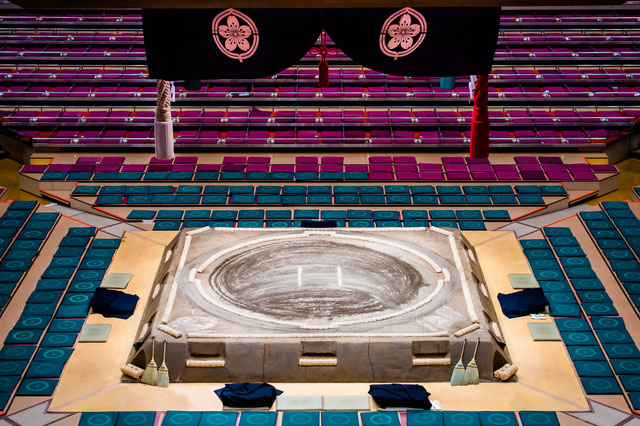

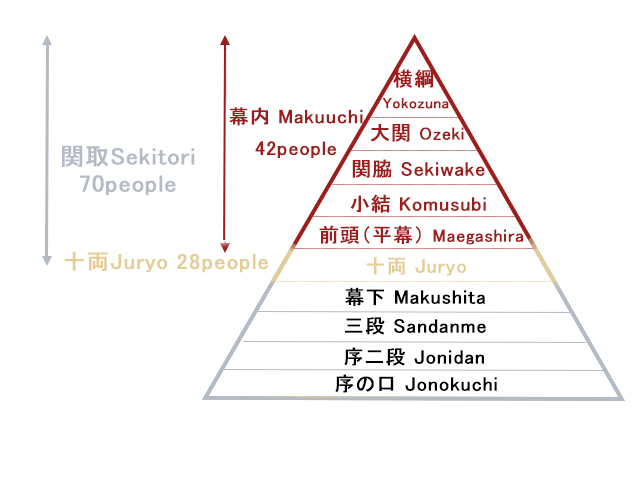



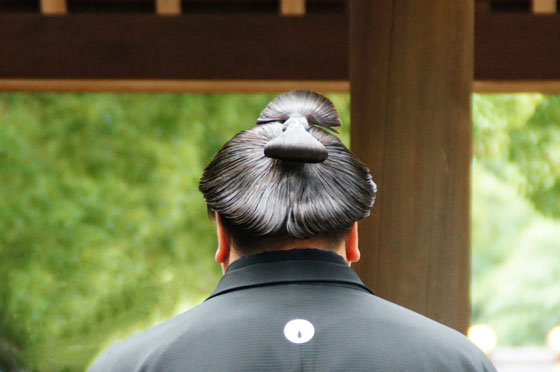

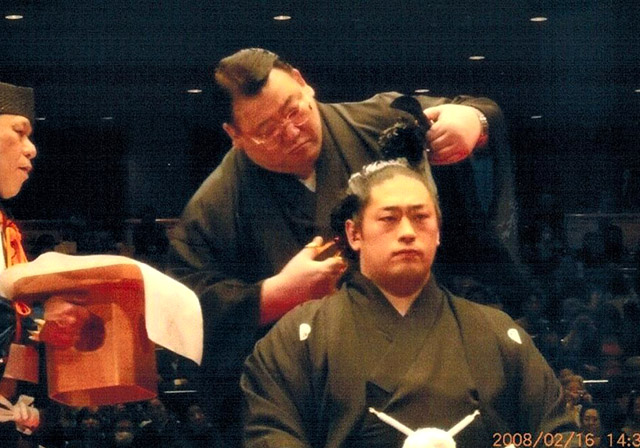


 Go here
Go here





